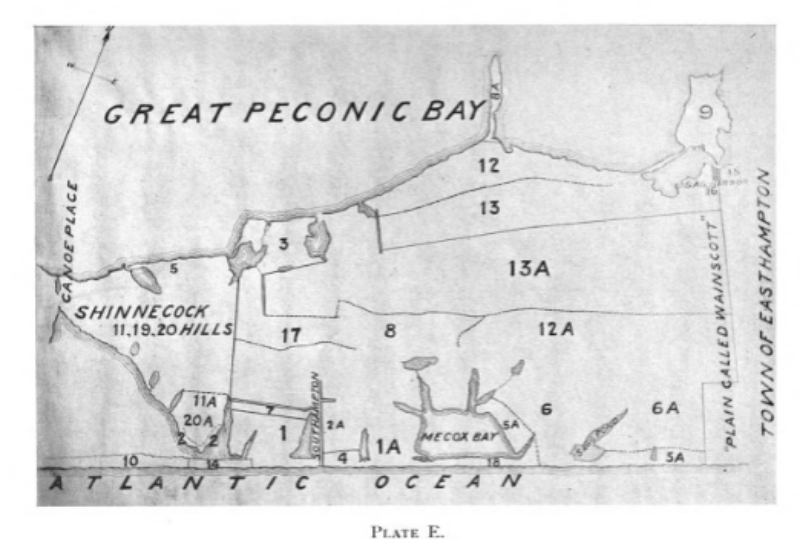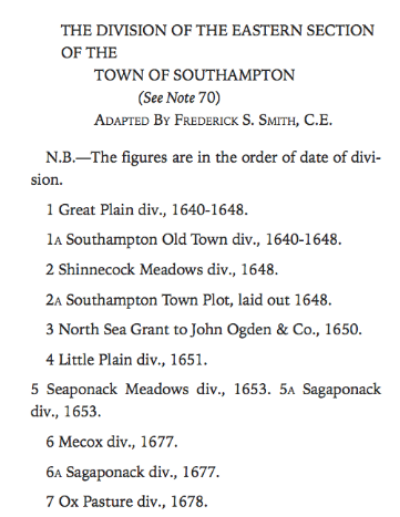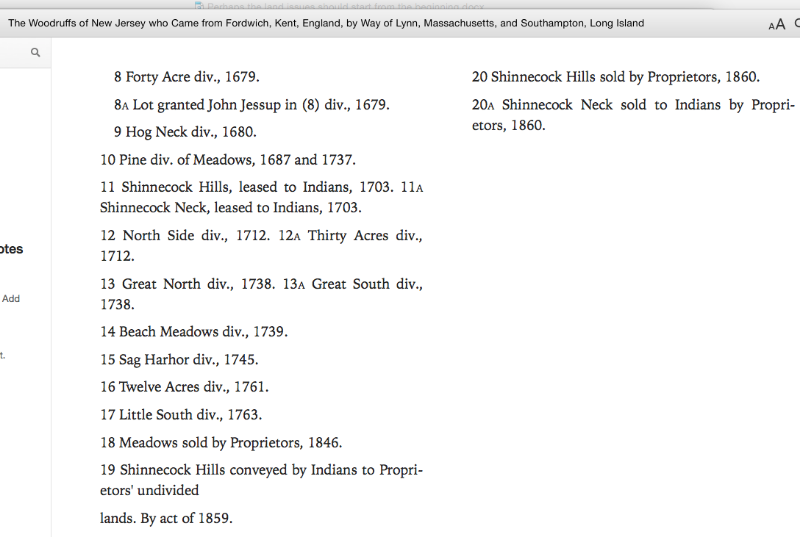
Resurfacing after a week back at work, I was wondering:
1) Does anyone know when a "stymie gauge," as shown on the NGLA scorecard, was brought into/out of use?

and whether we perhaps need a modern equivalent for discussion threads?
Never mind, I just found this on golfclubatlas.com... pretty good reading on the site.
https://www.google.com/url?sa=t&rct=j&q=&esrc=s&source=web&cd=2&ved=0CCEQFjAB&url=http%3A%2F%2Fgolfclubatlas.com%2Fforum%2Findex.php%3Ftopic%3D1326.0%3Bwap2&ei=aGRzVeHmNMjWsAXK34GADw&usg=AFQjCNGYGMOjJcl49cutYZ1_wEjUMlrjnw&sig2=PYIXa0MkFPRwDtNs_Fzqiw&bvm=bv.95039771,d.b2w2) Does anyone know where CBM & JW rented their ponies from, where were the stables, SE on White's Lane or more to the south? I've seen where CB's later stables were on his 200 acre Ballyshear property. Regardless, the paths and first views into the future NGLA property would or could have first been related to crossing the creek and second to following the unimproved road path(s) leading up the eastern flank on Bull Head Bay and into the property from low ground. First impressions are hard to shake..
It appears there were some very adventurous horses in Suffolk Co. a 100 years ago

Gotta love the poetic license in embellishing the diving horse, eh?

3) Does anyone have a delineation or measured where the oft quoted SH&PB Realty Co.'s available "450 acres" were on the Sebonak Neck?
Its clear their Olmsted and Vaux survey plat for Shinnecok Hills development didn't include survey of the meadows off of the Cold Spring Pond shoreline, as Redfield had lost his trespass court case against the Aldrich's, though the O&V plat drawing shows some NGLA boundary lines.
Is it possible that SHPB Realty really didn't have clear rights to the S-Neck area at the time of the options/sale to CBM? Was this some classic leverage at play by CBM, perhaps from the survey(s) by Raynor or the other surveyor(s)?
The county records do show later separate sale(s) of property to what became the Sabin Bayberry Land estate. Who was Corrigan, need to check. Per HISTORIC AMERICAN BUILDINGS SURVEY, BAYBERRY LAND (Bayberry Rest Home), HABS No. NY-6388
1. 1916a Sale of property by Shinnecock Hills & Peconic Bay Realty Company to Sebonac Neck Land Company, Inc. 30 October, Liber 938:538. Suffolk County Deed Records, Office of the Suffolk County Clerk, Riverhead, NY.
2. 1916b Sal of property by Edward J. Corrigan and wife to Sebonac Neck Land Company, Inc. 15 November, Liber 1001:26. Suffolk County Deed Records, Office of the Suffolk County Clerk, Riverhead, NY.
3. 1917 Sale of property by Edward J. Corrigan and wife to Sebonac Neck Land Company, Inc. 10 March, Liber 1001:63. Suffolk County Deed Records, Office of the Suffolk County Clerk, Riverhead, NY.
4. 1918 Sale of property by Sebonac Neck Land Company, Inc. to Charles H. Sabin. 19 April, Liber 964:400. Suffolk County Deed Records, Office of the Suffolk County Clerk, Riverhead, NY.
5. 1920 Sale of property by Sebonac Neck Land Company, Inc. to Charles H. Sabin 16 February, Liber 991:541. Suffolk County Deed Records, Office of the Suffolk County Clerk, Riverhead, NY.
6. 1920b Sale of property by Sebonac Neck Land Comapny, Inc. to Charles H. Sabin. 18 May, Liber 1001:74-76. Suffolk County Deed Records, Office of the Suffolk County Clerk, Riverhead, NY.
7. 1949 Sale of property by Pauline Sabin Davis to E.C.H. Holding Company. 17 December, Liber 3031:558. Suffolk County Deed Records, Office of the Suffolk County Clerk, Riverhead, NY.
The great division of lands from the 17th - 19th centuries.. note the line from the Reservation up the creek to Bull Head Bay. I wonder what CBM bought his 200 acres for?



... and along the way I note that one of the pupils of William Merritt Chase's art Colony adopted and developed his realist style... I wonder if CBM & JW found any potential windswept sand dune bunkers like the one pictured below from a 1933 study on their infamous rides at NGLA? Anything in noted in CBM related books to exposed holes in the sand dunes?
I'd bet this would qualify as a little bungalow..

nice to look at, how nature created things out on Long Island
